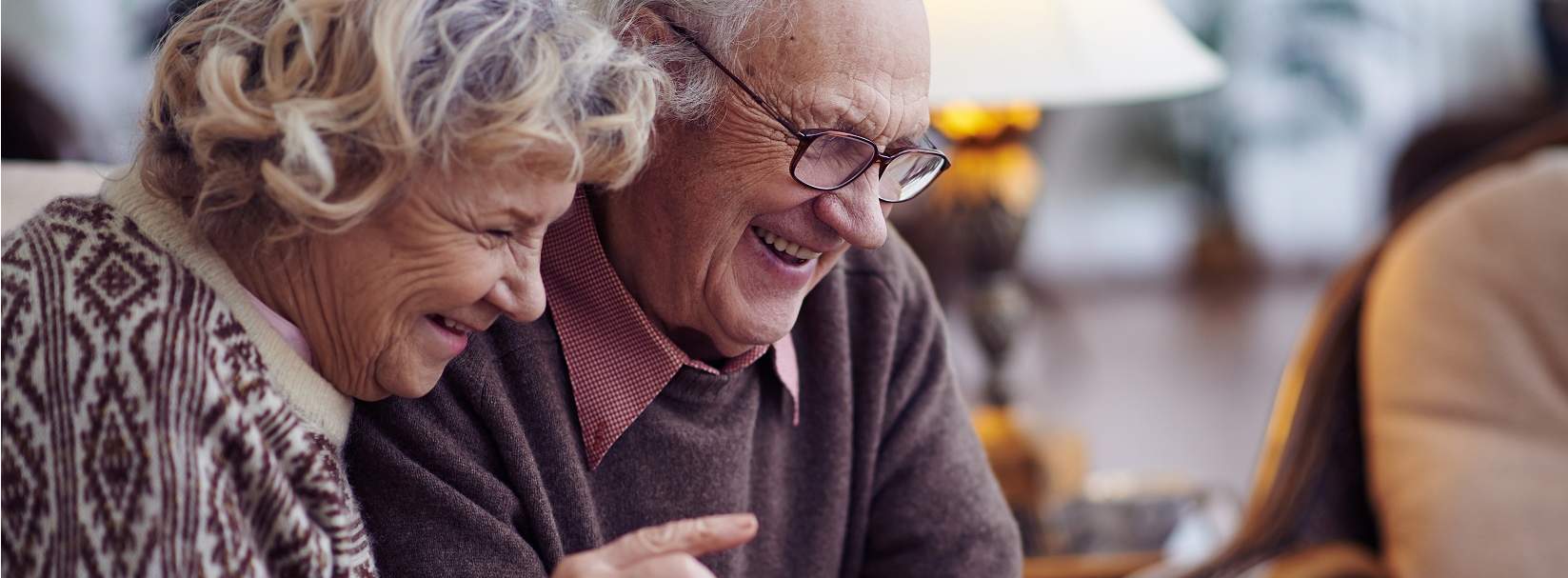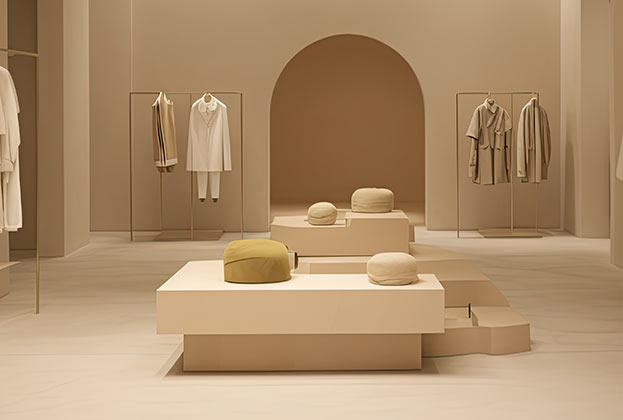We have witnessed several waves of boom markets in Madrid, from the knick-knacks craze, to the alternative pink market, to the sidewalk cafe trend, to name a few.
However, one sector that holds a considerable amount of untapped potential is what is known worldwide as the grey market - aptly named for the grey hair that characterizes a majority that comprise this group. You guessed it: senior citizens aged 65 years and above.
Presently, the greys are being serviced adequately by the travel sector. Many agencies offer special senior citizen package tours at discount rates. And the success of these agencies may be attributable to their wide inclusivity within the grey market, which is not limited solely to Spanish nationals. With Spain historically being a popular grey destination, it is not uncommon for senior residents of the U.K., Germany, Ireland, and some Scandinavian countries to spend their lifelong savings enjoying the sea and sun of Andalucia´s Mediterranean sand.
On the real estate front, one can look beyond Madrid. Palma de Mallorca is now second home to a multitude of German retirees who have converted this island into their own version of little Deutschland. Customers who enter the restaurants are greeted with German products such as Bratwurst, Schweinebraten with Sauerkraut, Kartoffelsalat, and mouth-watering, home-made desserts, such as Apfelstrudel.
Citizens 65 years and older account for 8.6M people of the Spanish population, representing a whopping 18.60 percent
On the academic side, there are computer and language courses offered by the City Council of Madrid and other private computer and language schools that are intended for this group of people to enhance their memory and thinking capacity. Even light community sports activities such as swimming, stretching and walking are organized to promote fitness and well-being. Admittedly, these may not be dramatically profitable, but these mean that greys will come out of their homes if positively compelled. Perhaps all it takes is one marketing genius to realize that "grey" retail experiences can be synergized with other leisure activities such as bingo socials, where the majority of the players are the elderly, or some clubs in the heart of Madrid where a specific time slot is allotted for seniors. All these socials spur retail consumption, any which way you look at it, whether it be sports equipment, clothes, makeup, or others.
Over the years, with a growing recognition of the significance of the "grey Euro", numerous industries have boomed. If it is to share in this success, the grey market is one audience that the retail sector cannot afford to ignore. Currently, studies on the commercial consumption of the Spanish grey market are lacking--it is as if Spanish retail is overlooking this market. Yet the bare facts are encouraging. Based on current available estimates, citizens 65 years and older account for 8.6M people of the Spanish population, representing a whopping 18.60 percent. In retail, who has tapped into this?
To be fair, some do. There are online shops that cater to "grey" needs: from canes and special orthopedic shoes to wheelchairs and walkers, as well as stockings, playing cards, sphygmomanometers, etc. Then there are clothing shops with styles so classic and sizes so broad, that the senior market responds favorably. Think Massimo Dutti with its linen suits, non-slim fit shirt choices, and classic shoes. Obviously, the luxury watch arena entices mature men with their 40+ aged models. For women, Punt Roma seems to be geared towards mature women, with the use of its Norma Duval. But do these gestures exhaust the market?
Elderly people tend to be more loyal towards their favorite brands, more so than millennials
It only takes mere observation to glean: elderly people tend to be more loyal towards their favorite brands, more so than millennials. Elderly people place a premium on a comfortable, familiar experience, instead of the quick-changing, fickle general public. Elderly people have more predictable, classic tastes, reducing obsolescence of fast fashion.
Be warned, however: the grey market is tricky. After all, no one wants to be labelled old. Overtly calling out to the mature customers will have them avoiding you. But there are subtler ways to grab the greys. The Punt Roma model is one such example, in its use of icons that connote accomplishment, as much as beauty, in proposing a more meaningful, deeper sense of glamour.
People in marketing will always comment that the grey market is relatively stingy and tend to buy less. Perhaps this is a misconception, but even if it were true, then the best approach to tapping into this market is not to attack the elderly themselves, but rather cater to the people who would buy for them. Other countries have been quick to realize this: some have instituted Grandparents' Day where people are urged to visit and give gifts to elders.
But the most compelling strategy, perhaps, is simply to make the retail service embrace the demands of the grey market for a good experience. Better if it promotes joint experience of the elderly and their progeny, sort of a combined bonding time. Do shops offer contemporary styles in sizes, colors, and shapes friendlier to the mature market? At least it will make the elders feel that they can dress young, and still avail of these modern styles in mature proportions.
Make the retail service embrace the demands of the grey market for a good experience
Do bigger shops offer seating areas for the elderly, while their family members shop? If these seating areas offer coffee and their favorite pastries, then even basic shopping can expand into a multi-generational familial experience.
Perhaps the grey market is so niche and minimal to warrant a focused service? Perhaps one can view it that way, but more enterprising minds realize that the reason the grey market has not grown into a formidable force is because precisely no one is investing into it.
Ultimately, what makes this market worth getting into? Thanks to advances in science, technology, and medicine, the average life expectancy of the elderly continues to increase by decades from what it used to be. In addition, people are deciding to have fewer children, and this is a trend that is characteristic of the current lifestyle adopted by today's societies. Thus, one can naturally expect there to be more elderly people in the future.
Entice them or entice the people who care for them, and you have a solid, stable patronage.




.jpg)




.jpg)
